Navajo Cornbread is more than just a side dish; it’s a flavorful journey into Indigenous American culture. With a texture that’s tender, a rich corn flavor, and a hint of sweetness, this bread has become a beloved traditional staple — not just in the Southwest but across the country. And here at Recipes Tasteful, we’re passionate about preserving such heritage recipes while making them accessible and irresistible to modern home cooks.
In this guide, we’ll explore the roots of Navajo Cornbread, how it compares with other regional versions like Southern or Yankee cornbread, and exactly how to make it turn out soft, golden, and mouthwatering every time. We’ll also cover tips and tricks, variations, serving ideas, and dive into FAQs about traditional Indigenous cornbreads.
Looking for inspiration? Try our Deliciously Cheesy Enchiladas Bake if you want a hearty main to go with your cornbread.
Let’s dive in!
Table of Contents
Table of Contents
The Cultural Significance of Navajo Cornbread
The Origins of Navajo Cornbread
Navajo Cornbread traces its roots back to the traditional diets of Indigenous people, particularly the Diné (Navajo) Nation. Corn, or maize, wasn’t just a food source—it was sacred. Often referred to as “the giver of life,” corn was deeply woven into Navajo spirituality, agriculture, and daily rituals. Cornbread, made from stone-ground cornmeal, was a staple long before ovens existed, often cooked on hot stones or clay griddles over open fires.
As Native tribes adapted to colonization and new ingredients, the bread evolved. The recipe we know today reflects both ancestral memory and adaptation—blending Native techniques with ingredients like baking soda or buttermilk brought by settlers.
While traditional Navajo ash bread required only the simplest of ingredients, many modern variations borrow from other quick bread styles—like this Cheese Herb Garlic Quick Bread (No Yeast)—to add complexity and convenience.
The Role of Corn in Native American Traditions
Across many Indigenous cultures, including the Hopi, Zuni, and Pueblo nations, corn symbolizes life, growth, and harmony with nature. Among the Navajo, white and yellow corn are especially sacred, representing spiritual elements like direction, seasons, and the balance of life. Navajo Cornbread is more than nourishment—it’s a symbol of continuity, storytelling, and resilience.
These breads were often cooked during ceremonies, harvests, and community gatherings, emphasizing their ceremonial importance. Even today, baking Navajo Cornbread in a modern kitchen connects us to those ancestral roots.
Evolution Through Generations
Modern Navajo Cornbread recipes, like the one we’ve featured here, often include cream-style corn, buttermilk, or even sweeteners. While not traditional, these tweaks honor the spirit of adaptation. As generations passed, the recipes morphed not only for flavor but out of necessity—what ingredients were available often shaped the final dish.
From open fires to glass baking dishes, the heart of this bread remains unchanged: simple, wholesome, and built for sharing.
Check out this Balsamic Grilled Vegetables recipe for another traditional-meets-modern plate.
Traditional vs Modern Navajo Cornbread Recipes
Traditional Cornbread Techniques
The earliest versions of Navajo Cornbread were nothing like the golden, fluffy loaves you see on modern tables. Traditionally, cornbread was unleavened, made simply from ground corn and water. This dough was shaped into flat cakes, then baked on hot stones or inside clay ovens. There were no measuring cups, no sugar, and certainly no baking powder—just instinct, skill, and sacred knowledge passed down by elders.
The texture was dense and gritty, offering a hearty chew that paired perfectly with stews or roasted meats. These early breads were less about flavor complexity and more about sustenance and ceremony.
Print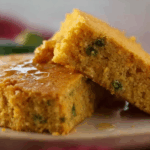
How to Make Navajo Cornbread: The Most Delicious Native Bread You’ll Ever Try
- Total Time: 40 minutes
- Yield: 8 servings
- Diet: Vegetarian
Description
This moist and flavorful Navajo cornbread combines cream-style corn, buttermilk, and cornmeal for a rich, Southern-inspired side dish. Perfectly golden with a slightly sweet note, it’s a comforting addition to any meal.
Ingredients
- 1 cup cream-style corn
- 1 cup cornmeal
- 1 cup buttermilk
- 1/4 cup sugar
- 1/4 cup vegetable oil
- 2 large eggs
- 1 teaspoon baking powder
- 1/2 teaspoon baking soda
- 1/2 teaspoon salt
Instructions
- Preheat oven to 375°F (190°C) and grease a baking dish.
- In a large bowl, mix together the cornmeal, baking powder, baking soda, and salt.
- In a separate bowl, combine cream-style corn, buttermilk, sugar, oil, and eggs. Mix until well blended.
- Fold the wet mixture into the dry ingredients and stir just until combined. Do not overmix.
- Pour the batter into the greased dish and smooth the top evenly.
- Bake for 25–30 minutes, or until the top is golden brown and a toothpick inserted into the center comes out clean.
- Allow to cool slightly before slicing and serving warm.
Notes
- Do not overmix the batter to keep the texture light and fluffy.
- Use a glass or ceramic dish for even baking.
- Add a tablespoon of honey for extra sweetness if desired.
- Can be stored in an airtight container at room temperature for up to 2 days.
- Prep Time: 10 minutes
- Cook Time: 30 minutes
- Category: Bread
- Method: Baking
- Cuisine: Native American
Nutrition
- Serving Size: 1 slice
- Calories: 220
- Sugar: 6g
- Sodium: 280mg
- Fat: 9g
- Saturated Fat: 2g
- Unsaturated Fat: 6g
- Trans Fat: 0g
- Carbohydrates: 30g
- Fiber: 2g
- Protein: 4g
- Cholesterol: 45mg
Modern Adaptations with Everyday Ingredients
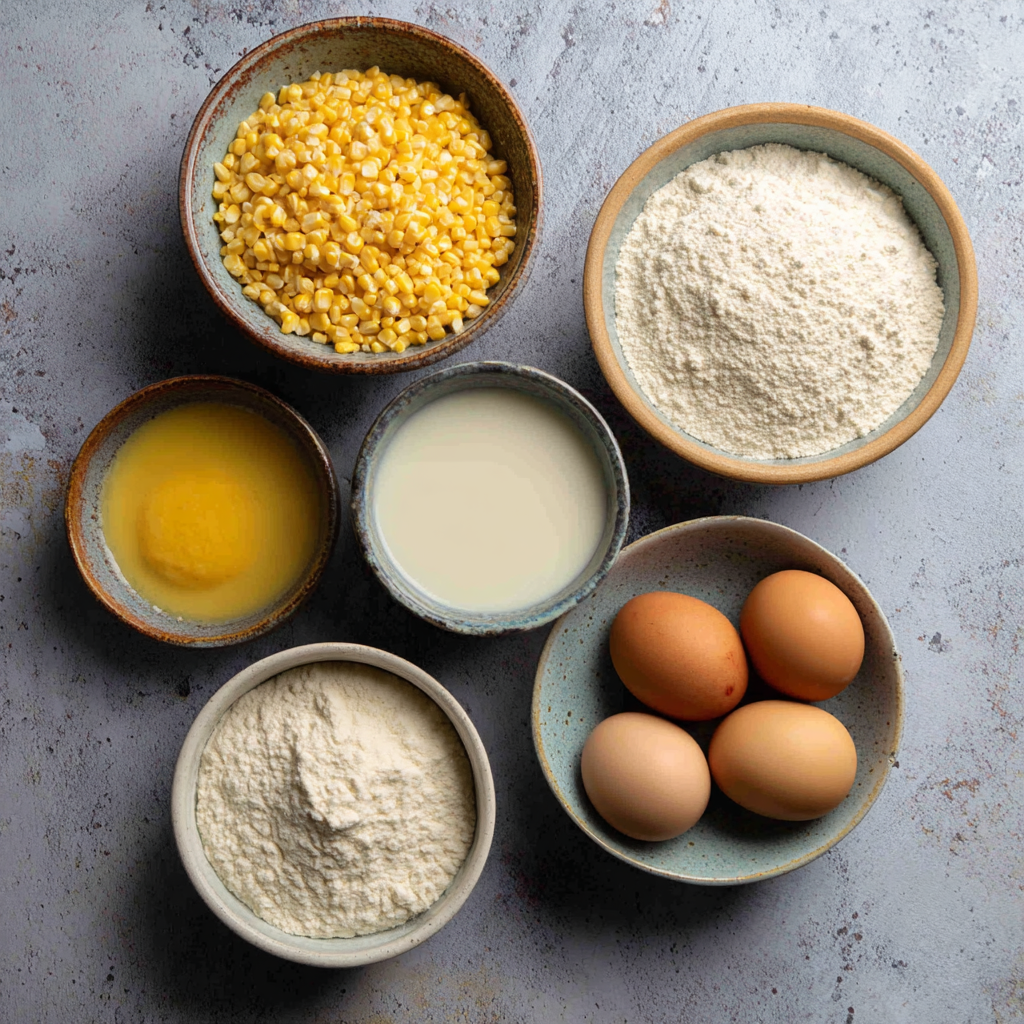
Today’s Navajo Cornbread reflects a fusion of Indigenous tradition with pantry staples. The inclusion of buttermilk, sugar, and cream-style corn adds moisture, richness, and a hint of sweetness. Baking powder and soda provide lift, transforming the once-dense bread into something lighter and more familiar to mainstream palates.
For instance, our featured Navajo Cornbread recipe calls for:
- 1 cup cream-style corn
- 1 cup cornmeal
- 1 cup buttermilk
- ¼ cup sugar
- ¼ cup vegetable oil
- 2 large eggs
- 1 tsp baking powder
- ½ tsp baking soda
- ½ tsp salt
This blend bridges the gap between rustic and refined, allowing more people to enjoy a piece of Indigenous food history in their own homes.
Flavor and Texture Differences
So, what’s the biggest difference? Texture and sweetness. Traditional Navajo Cornbread is dense and savory. The modern version is moist, slightly sweet, and leans toward a cake-like consistency. While purists may prefer the historical version, many cooks embrace the hybrid for its crowd-pleasing results.
The secret to nailing the texture in the modern version is not overmixing. That’s what keeps it tender.
Discover great ideas like this Healthy Rhubarb Bread if you’re into rustic, old-meets-new baking.
How to Bake Navajo Cornbread from Scratch – Full Recipe & Pro Tips
Why Each Ingredient Matters in Navajo Cornbread
Making a moist, flavorful Navajo Cornbread starts with understanding the role each component plays in the batter. Let’s take a closer look:
| Ingredient | Purpose |
|---|---|
| Cream-style corn | Provides creaminess, moisture, and natural sweetness |
| Cornmeal | The foundation—adds signature grit and taste |
| Buttermilk | Brings a slight tang and helps with leavening |
| Sugar | Adds a mild sweetness to round out the flavors |
| Vegetable oil | Keeps the bread soft and tender |
| Eggs | Bind the batter and help give it structure |
| Baking powder & soda | Allow the bread to rise and become fluffy |
| Salt | Enhances every flavor in the mix |
Together, they create a rich, balanced bread with just the right crumb and bite.
Navajo Cornbread: Simple Step-by-Step Directions
Let’s break down how to make this heritage-inspired dish in a modern kitchen:
- Heat things up by preheating your oven to 375°F (190°C). Grease your baking dish generously to ensure easy release.
- In a large mixing bowl, whisk together:
- 1 cup cornmeal
- 1 tsp baking powder
- ½ tsp baking soda
- ½ tsp salt
Blend evenly to avoid dry pockets.
- In a second bowl, combine the wet ingredients:
- 1 cup cream-style corn
- 1 cup buttermilk
- ¼ cup sugar
- ¼ cup vegetable oil
- 2 eggs
Stir until smooth.
- Gently mix the wet and dry ingredients together. Avoid overmixing—it should look slightly lumpy but well combined.
- Pour the batter into the prepared pan. Smooth the top lightly with a spatula.
- Bake for 25–30 minutes. You’re looking for a golden crust and a clean toothpick in the center.
- Let cool for 5–10 minutes, then slice and serve warm.
Looking for inspiration? Try our Breakfast Biscuit Bubble-Up for another comfort-food crowd-pleaser.
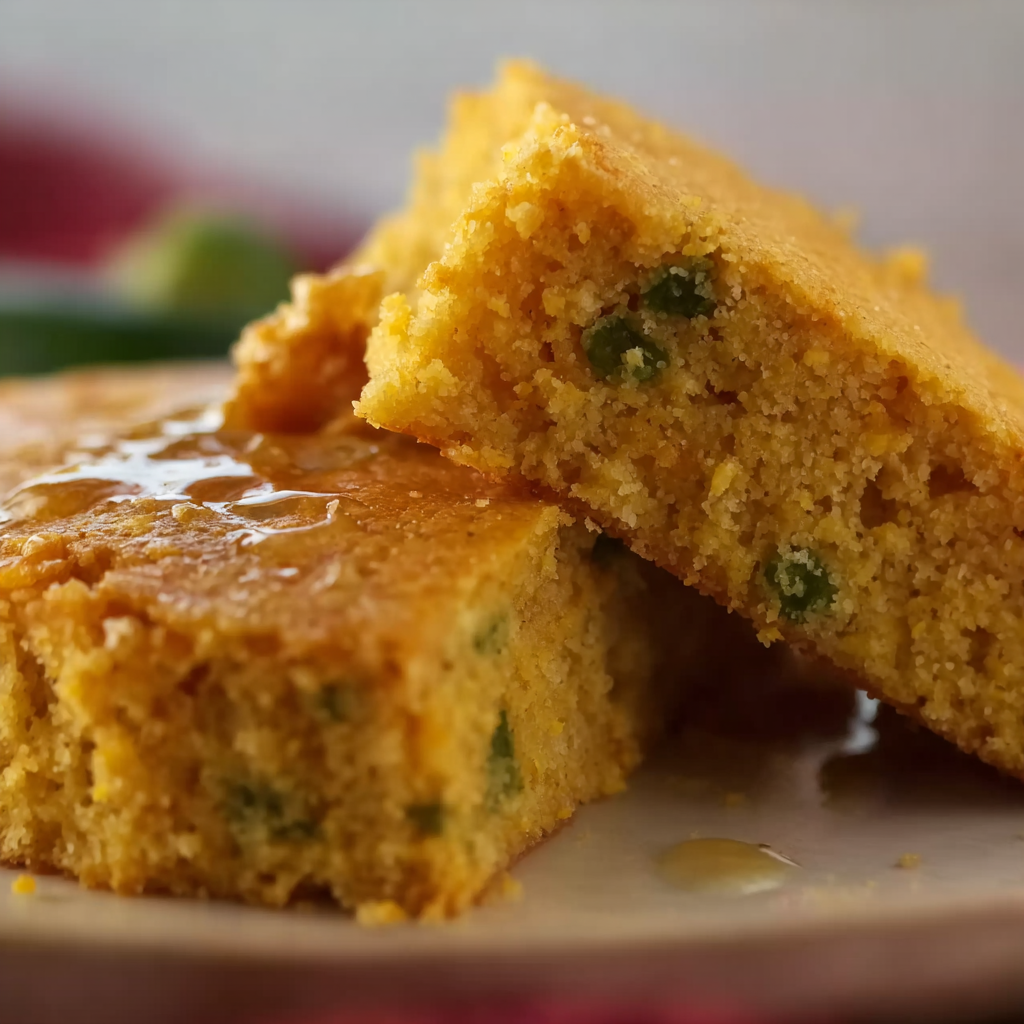
Key Tips for Perfect Cornbread Every Time
Even the best bakers make mistakes. Here’s how to make sure your Navajo Cornbread comes out just right:
- Don’t overmix: The batter should be gently combined. Overmixing ruins the texture.
- Avoid overbaking: Pull it from the oven as soon as the center tests clean. Overbaking leads to dryness.
- Use the right grind: Stick with medium or fine cornmeal for better consistency.
- Preheat your oven fully: Starting cold can cause uneven rise and soggy centers.
Discover great ideas like Deliciously Cheesy Enchiladas Bake if you’re into bold, satisfying flavors that pair well with cornbread.
Nutritional Value and Dietary Options for Navajo Cornbread
Is Navajo Cornbread Healthy?
While Navajo Cornbread is undeniably comforting and delicious, many wonder how it stacks up nutritionally. The good news? It can be part of a balanced diet—especially when made mindfully. Here’s a basic nutritional snapshot per serving (based on 9 servings):
| Nutrient | Amount per Serving |
|---|---|
| Calories | ~190–210 kcal |
| Total Fat | 8–10 g |
| Carbohydrates | 26–28 g |
| Sugar | 4–6 g |
| Protein | 4–5 g |
| Fiber | 1–2 g |
Thanks to cornmeal and cream-style corn, this bread offers complex carbs and a bit of fiber. The eggs and buttermilk provide protein and richness, while the moderate use of sugar keeps it flavorful but not overly sweet.
If you’re leaning into sweet cornbread territory, you’ll love how dessert-style breads like this Country Apple Fritter Bread echo the comforting texture and indulgence of Navajo Cornbread—with their moist interiors and warm spice.
Gluten-Free Navajo Cornbread
The core ingredient—cornmeal—is naturally gluten-free. However, to keep the entire recipe gluten-free, make sure:
- Your cornmeal is certified gluten-free (some mills process wheat on shared equipment).
- You avoid any wheat-based flour or baking mix substitutions.
All other ingredients in the original recipe—like eggs, oil, and buttermilk—are naturally gluten-free.
How to Make It Vegan-Friendly
Want to skip the dairy and eggs? Here’s how to modify Navajo Cornbread for a plant-based diet:
- Buttermilk → Use unsweetened almond milk mixed with 1 tsp apple cider vinegar.
- Eggs → Replace with 2 tbsp ground flaxseed + 5 tbsp water (let it sit 5 minutes to thicken).
- Cream-style corn → Make sure yours doesn’t contain dairy (some canned varieties do).
These swaps maintain the bread’s texture and flavor with zero animal products involved.
Don’t miss our Vegan No-Bake Biscoff Cheesecake Bites for another fantastic vegan treat.
Lower-Sugar or Low-Fat Versions
To make a healthier version:
- Reduce sugar by half or use a natural sweetener like monk fruit or honey (if not vegan).
- Swap oil with unsweetened applesauce for a low-fat option—just note the crumb will be softer and less rich.
- Use Greek yogurt in place of buttermilk for added protein (not suitable for dairy-free diets).
These alternatives still result in a tasty cornbread—just a little lighter on the waistline.
Check out our Refreshing Strawberry Pineapple Salsa if you’re looking to balance your meal with something crisp and healthy.
What Sets Navajo Cornbread Apart from Southern and Yankee Styles?
Navajo vs. Southern Cornbread
Southern cornbread has its own fan base—usually baked in cast-iron skillets, heavy on cornmeal, and often very little or no sugar. It’s crumbly, savory, and traditionally served with collard greens or chili. What makes it stand out is the use of bacon grease or lard, creating a crisp bottom crust and rich depth of flavor.
Now enter Navajo Cornbread. It’s a blend of Indigenous simplicity and modern comfort. Unlike its Southern cousin, it:
- Often includes cream-style corn for moisture and sweetness
- Uses buttermilk or dairy to create a soft, moist crumb
- Embraces a slightly sweet flavor without being dessert-like
- Is usually baked in a pan or dish, not a cast iron skillet
While Southern cornbread has deep Southern roots, Navajo Cornbread reflects cultural preservation and adaptation, telling a story with every bite.
Navajo vs. Northern (Yankee) Cornbread
Yankee cornbread (from the Northeast) is typically lighter, sweeter, and more cake-like. It’s common to see sugar or honey as key players in the mix. Some versions even include flour or use boxed mixes that resemble quick bread more than rustic cornbread.
By contrast, Navajo Cornbread balances between the two styles:
| Feature | Navajo Cornbread | Southern Cornbread | Yankee Cornbread |
|---|---|---|---|
| Sweetness | Mild, naturally sweet | Not sweet | Sweet to very sweet |
| Texture | Moist, soft, a bit rustic | Crumbly, coarse | Cake-like |
| Ingredients | Creamed corn, buttermilk | Bacon grease, cornmeal | Flour, sugar, butter |
| Cooking method | Oven-baked in pans | Cast iron | Loaf or square pans |
Navajo Cornbread sits beautifully in the middle—it keeps the integrity of traditional Indigenous methods, while also embracing the improvements that modern kitchens and ingredients provide.
Check out this Homestyle Ground Beef Casserole to pair with any type of cornbread you like.
Why the Difference Matters
Each version of cornbread reflects a different story. Southern cornbread tells the tale of soul food and simplicity. Yankee versions lean into sweetness and accessibility. Navajo Cornbread preserves a culture that relied on corn not just as food, but as life.
Choosing which version to make isn’t just about taste—it’s about what story you want to serve.
Serving Suggestions – What Goes Best with Navajo Cornbread?
Classic Pairings with Navajo Cornbread
Navajo Cornbread shines when served alongside earthy, hearty dishes. Its soft texture and subtle sweetness complement bold flavors, spicy stews, and savory mains. Traditional Indigenous meals often paired cornbread with:
- Mutton stew – A Navajo classic featuring tender meat and root vegetables
- Three Sisters Stew – A healthy medley of beans, squash, and corn
- Hominy soup – Rich and brothy, it complements the dense warmth of cornbread
These combinations are more than delicious—they represent harmony and balance in Native culinary practices.
Modern Pairings to Try
In a contemporary kitchen, Navajo Cornbread adapts beautifully. Whether you’re planning a family dinner or a casual gathering, here are some satisfying pairings:
| Main Dish | Why It Works |
|---|---|
| Chili (beef or veggie) | Spicy, saucy flavors balance the sweet corn |
| BBQ ribs or pulled pork | The soft bread absorbs smoky juices perfectly |
| Fried or baked chicken | Adds a comforting, Southern-inspired touch |
| Roasted vegetable soup | Great for a lighter, vegetarian pairing |
| Eggs and bacon (breakfast) | Toasted leftover cornbread makes a great base |
Looking for inspiration? Try our Slow Cooker Rice Pudding for a soft, creamy dessert that complements this bread beautifully.
Creative Serving Ideas
Beyond just slicing and serving warm, here are some fun ways to serve Navajo Cornbread:
- Cornbread stuffing: Cube it up and use in place of bread in your next stuffing recipe
- Cornbread sandwich base: Slice and stuff with savory meats or cheeses
- Mini loaves or muffins: Great for portion control and kids’ lunchboxes
- Skillet presentation: Bake it in cast iron for that rustic look and crispy edges
Don’t miss our Cheddar Jalapeño Soft Pretzels if you love warm, bready sides with a kick.
Beverage Pairings
Balance out your plate with the right drink:
- Sweet tea or iced herbal blends for a Southern nod
- Spiced apple cider in fall months
- Cold milk or oat milk for a soft, neutral sip
- Light beers or wheat ales to play off the corn’s natural sweetness
Storage, Reheating & Make-Ahead Tips for Navajo Cornbread
How to Store Navajo Cornbread the Right Way
Freshly baked Navajo Cornbread can stay soft and flavorful for days—if stored properly. Here’s how to do it:
- Room Temperature (1–2 days): Wrap the cooled cornbread tightly in plastic wrap or place in an airtight container. Keep it in a cool, dry spot—no need to refrigerate if you plan to eat it soon.
- Refrigerator (Up to 5 days): If you need to store it longer, wrap it in foil or airtight wrap, then refrigerate. Just note that refrigeration can dry it out slightly, so reheating properly is key.
- Freezer (Up to 3 months): Wrap individual slices or the whole loaf in cling wrap, followed by aluminum foil, then pop it into a freezer-safe bag. Label it with the date.
Tip: Always cool completely before storing to prevent condensation, which can make the bread soggy.
Check out our Freezer-Friendly Creamy Crack Chicken Gnocchi if you love easy, make-ahead meals.
Best Ways to Reheat Navajo Cornbread
To revive that just-baked flavor, use these warming methods:
| Reheating Method | Instructions |
|---|---|
| Oven | Wrap cornbread in foil, bake at 300°F (150°C) for 10–15 minutes |
| Microwave | Place a slice on a plate, cover with damp paper towel, heat 30–60 sec |
| Skillet | Toast slices in a buttered pan for crispy edges and warm center |
Avoid high microwave heat, which can make the bread rubbery. A little butter or drizzle of honey before reheating boosts moisture and flavor.
Make-Ahead Tips for Busy Cooks
Planning ahead? No problem—Navajo Cornbread is make-ahead friendly.
- Mix the batter in advance: Prepare the wet and dry ingredients separately and store them in the fridge. Combine just before baking.
- Fully bake ahead: Let the bread cool, wrap it tightly, and refrigerate or freeze. It holds up beautifully for later reheating.
- Make cornbread muffins: Bake in muffin tins and freeze for grab-and-go convenience.
This make-ahead flexibility makes it great for holidays, potlucks, or prepping meals early in the week.
Looking for another easy prep-ahead dish? Try our Crockpot Chicken and Stuffing with Green Beans.
FAQs About Navajo Cornbread – Your Questions Answered
What did Native Americans originally call their cornbread?
Long before “cornbread” became a household word, Native Americans had their own names and preparation methods for this essential food. Among the Navajo, a popular traditional version was known as nílts’íí’ or ash bread, cooked in the ashes of a fire rather than an oven. Other tribes had unique names too—some used hot rocks, others wrapped cornmeal in leaves to steam it. No matter the name, the concept was the same: a nourishing bread made from ground maize, often connected to spiritual rituals and daily survival.
How is Yankee cornbread different from Southern cornbread?
Great question—these two styles are worlds apart. Yankee cornbread, commonly found in the Northeast, leans heavily on sweetness. It’s soft, often cakey, and usually includes white flour and sugar, giving it a dessert-like vibe. On the flip side, Southern cornbread is gritty, savory, and often made with just cornmeal, eggs, and buttermilk. It’s typically baked in cast iron, resulting in that signature crispy crust.
What’s the secret behind amazing cornbread?
The secret to great cornbread—especially Navajo Cornbread—is all about balance and technique. Here’s the magic formula:
Use fresh, good-quality cornmeal—not too coarse, not too fine
Keep your batter lumpy—overmixing makes it tough
Don’t skip the fat—vegetable oil or melted butter helps keep it moist
Bake it hot and fast—preheated ovens and well-greased pans ensure a golden crust
And if you’re including add-ins like cream-style corn or buttermilk? Even better. Those ingredients pack in moisture and deepen the flavor profile.
What’s the traditional name for Indian cornbread?
There’s no one-size-fits-all name for Indigenous cornbread because each tribe developed their own version. In Navajo cuisine, it’s often called ash bread or nílts’íí’, made by placing the dough directly into warm ashes to bake. The Cherokee had kanuche, a nut-thickened cornbread soup. The Pueblo people crafted blue corn cakes. These were not just meals—they were reflections of culture, environment, and spirituality. Today’s Navajo Cornbread keeps that legacy alive in every bite.
Conclusion – Why Navajo Cornbread Deserves a Spot at Every Table
Navajo Cornbread is more than just a rustic side dish—it’s a flavorful tribute to generations of Indigenous knowledge, survival, and culinary heritage. From its humble beginnings as ash-baked bread to today’s tender, oven-baked version rich with cream-style corn and buttermilk, this dish tells a story with every slice.
Whether you’re making it for a cozy family meal or introducing it to guests at your next gathering, Navajo Cornbread offers something deeply special. It’s easy to make, incredibly versatile, and filled with heart.
More than that—it bridges the past and present. It connects us to Native American foodways while fitting effortlessly into modern kitchens and lifestyles. You don’t need a clay oven or open fire to make it right—you just need the right ingredients, a little time, and the intention to honor its roots.
So next time you’re planning a meal, skip the box mix and bring a bit of Native tradition to the table. Trust us—your guests won’t stop at just one piece.
Discover great ideas like Mini Sweet Potato Pies for more culturally-inspired comfort food you can share with pride.
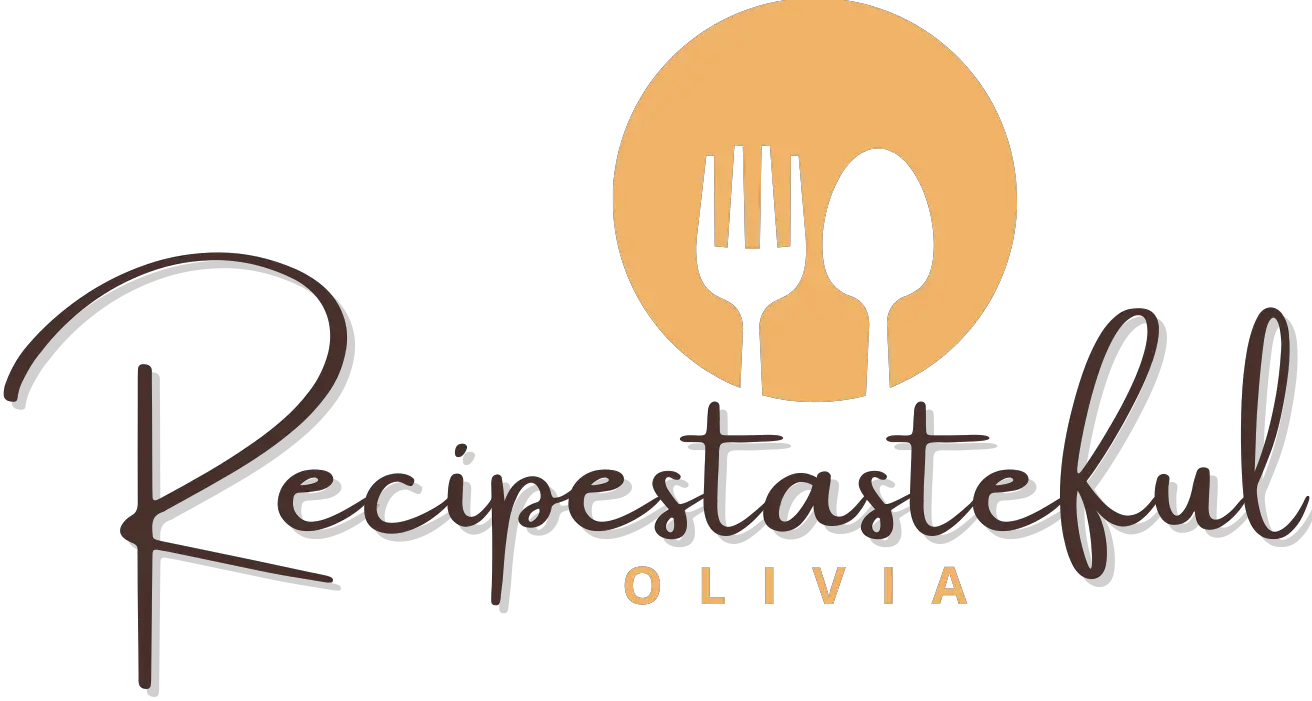
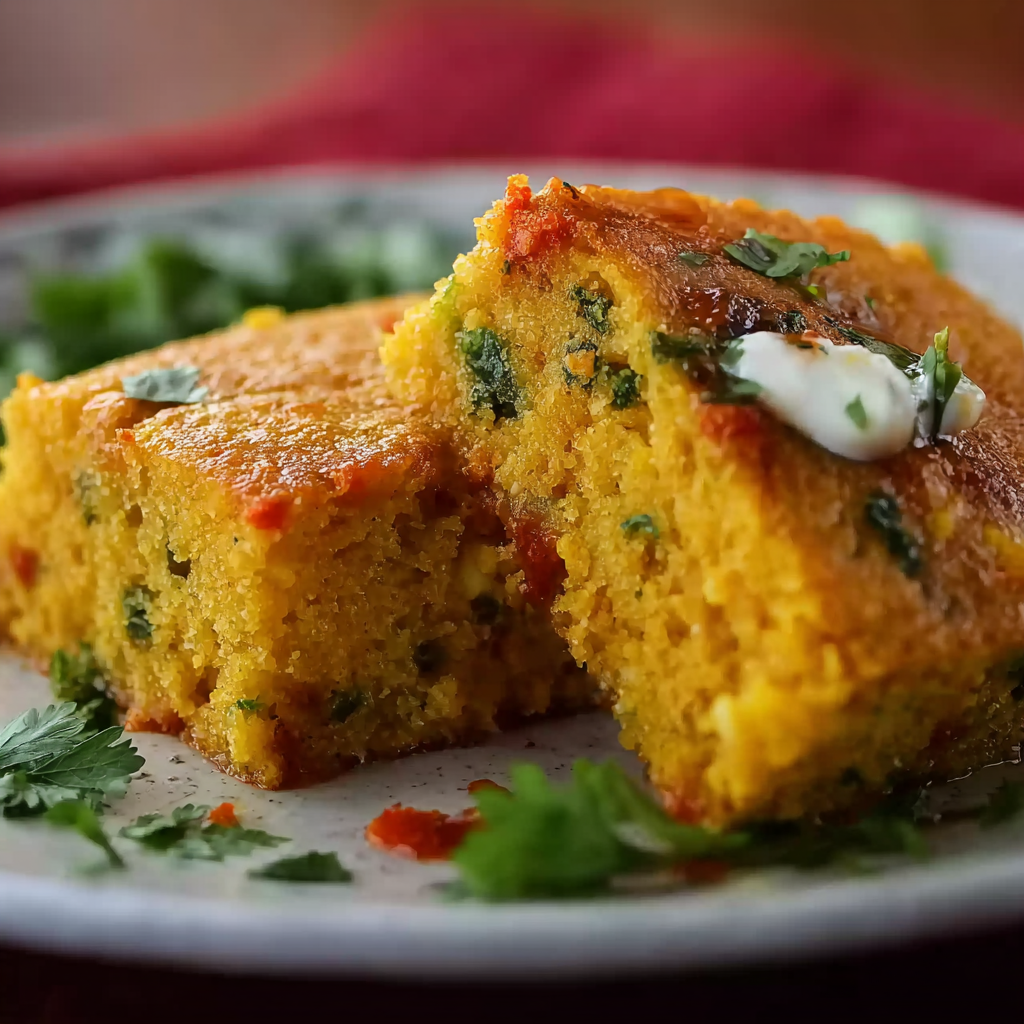



Great